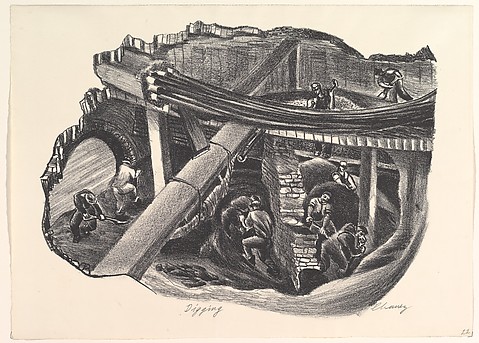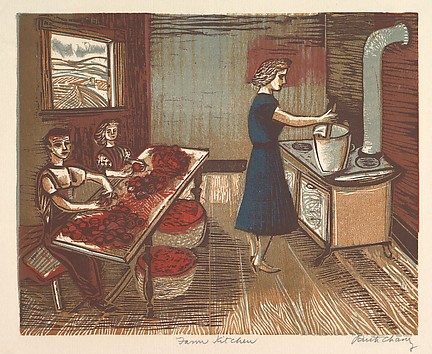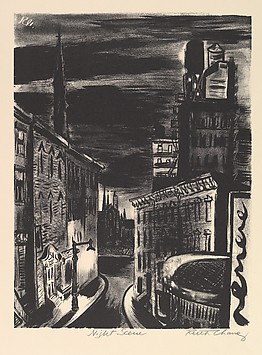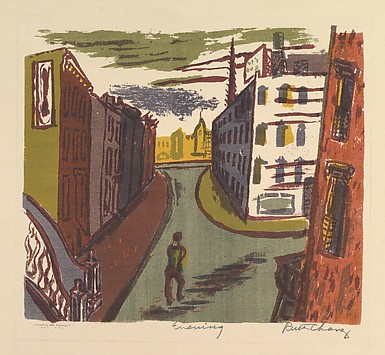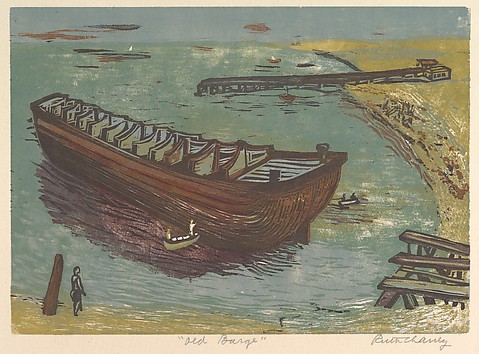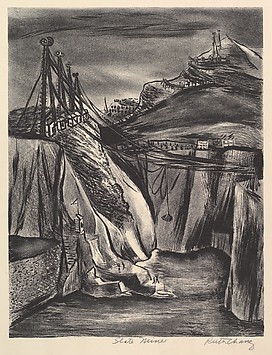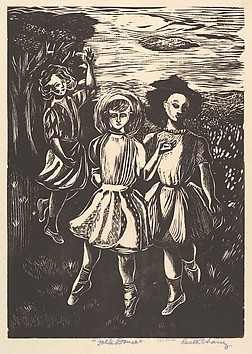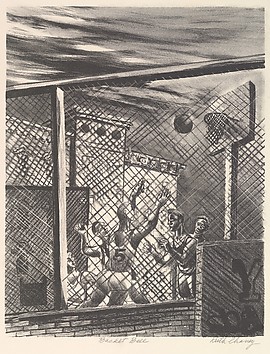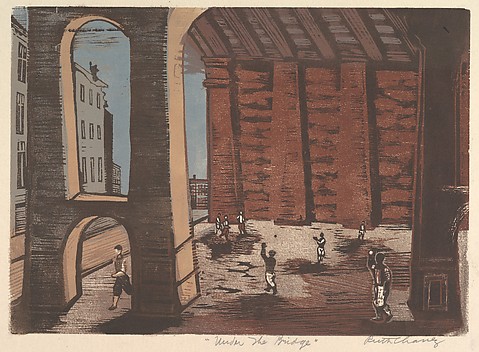Africa is enormous—more than three times the size of the continental United States—and the art produced in this vast land reflects its rich and varied culture. Yet African art, perhaps more than any other, is widely misunderstood. Far from being "primitive," it represents a highly developed aesthetic expressed by accomplished professional artists who have complete mastery over their materials and techniques. The study of African art is in its infancy, and Westerners are only beginning to learn the complex system of symbols embodied in the carved, cast, and painted objects that altered the course of modern art early in this century. Most African art is functional, with decoration that is often secondary. Many objects are made to express and support fundamental spiritual values essential to the survival of the community. Much African art serves a directly religious function—as tribute to a spirit or as a diviner's aid. Some objects insure fertility, not only in humans, but in crops, game, and livestock as well. Cultural traditions are transmitted across the generations through works of art used in rites of initiation. Other art is political in function; images of kings proclaim their wealth and power; the possession of a crown, for example, can prove the legitimacy of a leader's succession. The arts also serve politics in the objects created for use by the men's societies that govern many villages. The 150 objects discussed and illustrated here are from the collection of Paul and Ruth Tishman, whose interest in African art began more than twenty years ago. Since then, the Tishmans have constantly refined their collection, which now contains the full range of African sculptures, from delicate sixteenth-century Sherbro-Portuguese ivories to boldly conceived wooden figures from Cameroon (front cover). For Spirits and Kings presents the art of six major regions south of the Sahara: the Western Sudan, the Guinea Coast, Nigeria, Equatorial Africa, Central Africa, and the Southeast. Susan Vogel, curator of African art at The Metropolitan Museum of Art, has contributed a valuable general introduction and a brief essay on the art of each area listed. Outstanding examples of the art of each area are then illustrated with striking photographs and discussed by seventy-one eminent specialists from the United States, Europe, and Africa. Each author has written about objects in his area of expertise, and many writers have supplemented their texts with field photographs showing related objects in traditional contexts. The result is a splendid book that Philippe de Montebello, director of the Metropolitan Museum, has called "an ambitious scholarly achievement, a veritable anthology of the most recent scholarship, ... a major contribution to the field of African studies."





